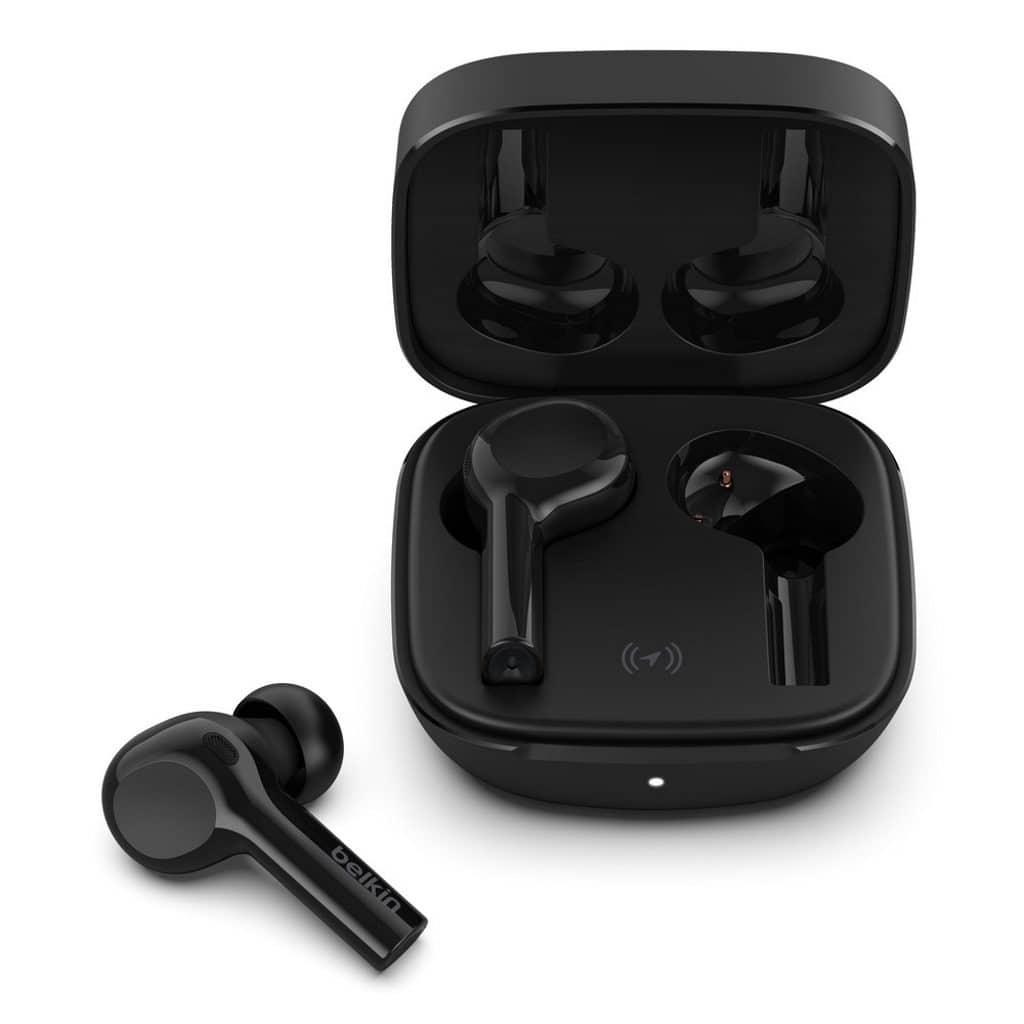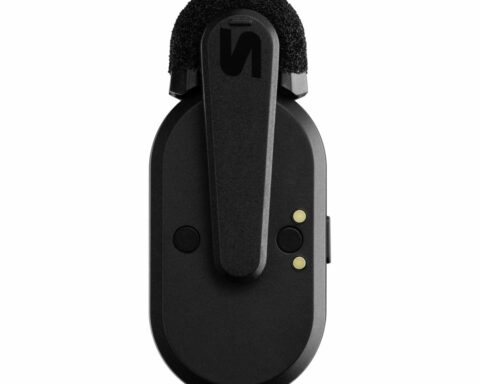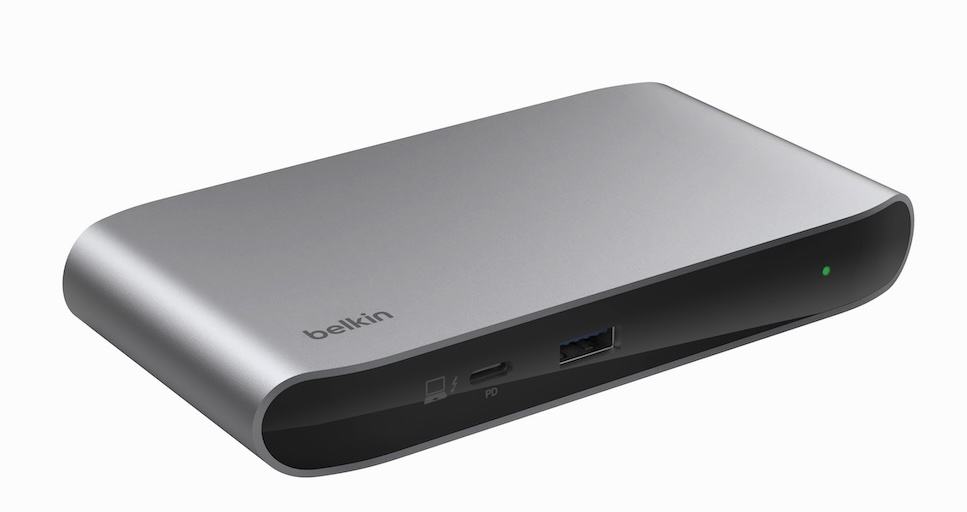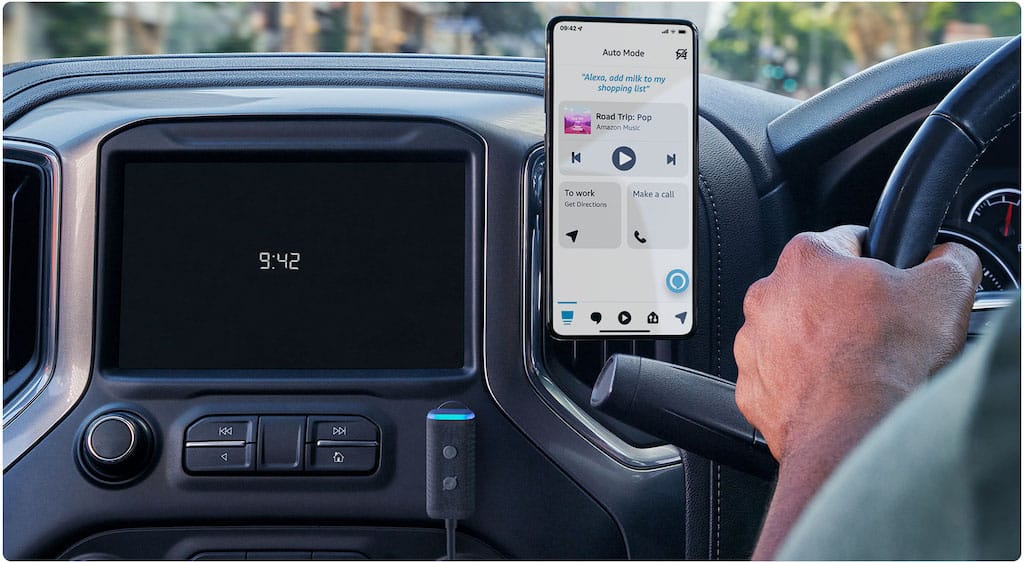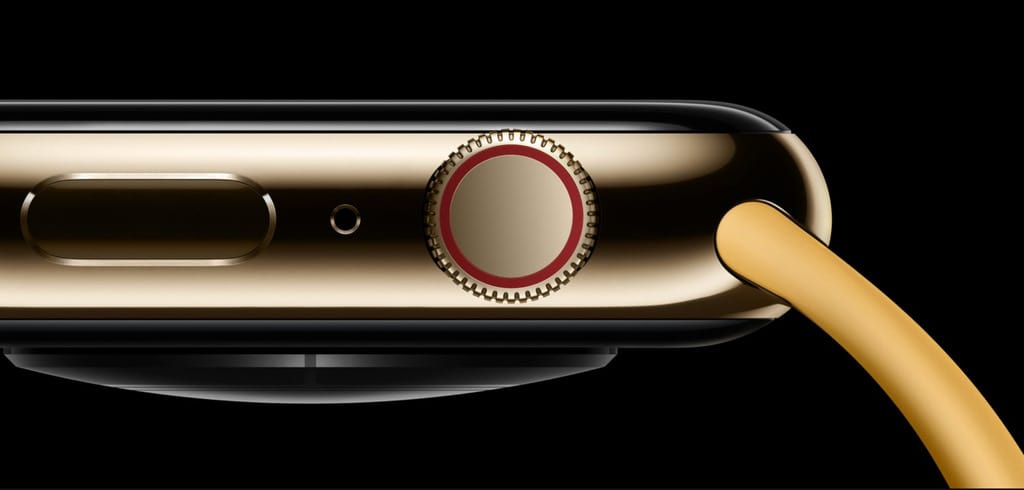Summary
Galaxy Watch4 Classic Smartwatch REVIEW
Samsung’s new smartwatch sports some great features but there are some serious gotchas to consider, writes PAT PILCHER
$599
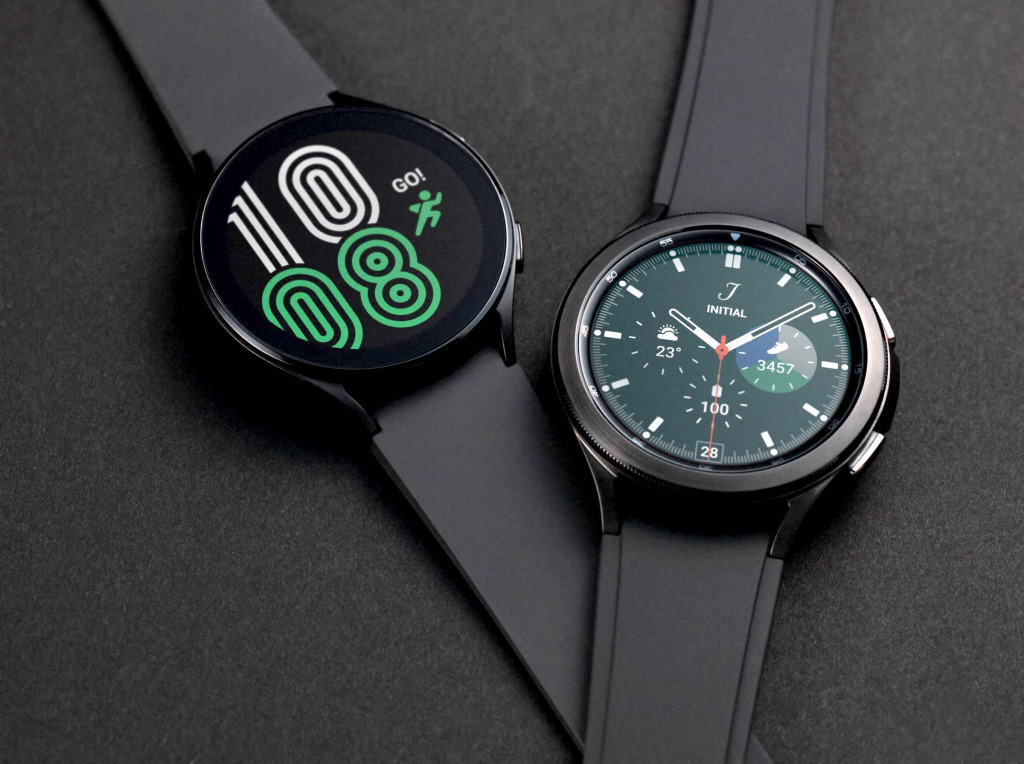 Amidst the commotion of Google launching their first smartwatch, Samsung stepped up as a key partner to Google. Over time, Google’s smartwatch platform languished. Hamstrung by poor battery life and a raft of other issues, early Google smartwatches got panned. Many of Google’s strategic partners (Samsung included) instead chose to build their own smartwatch hardware and OS.
Amidst the commotion of Google launching their first smartwatch, Samsung stepped up as a key partner to Google. Over time, Google’s smartwatch platform languished. Hamstrung by poor battery life and a raft of other issues, early Google smartwatches got panned. Many of Google’s strategic partners (Samsung included) instead chose to build their own smartwatch hardware and OS.
Would you like to support our mission to bring intelligence, insight and great writing to entertainment journalism? Help to pay for the coffee that keeps our brains working and fingers typing just for you. Witchdoctor, entertainment for grownups. Your one-off (or monthly) $5 or $10 donation will support Witchdoctor.co.nz. and help us keep producing quality content. It’s really easy to donate, just click the ‘Become a supporter’ button below.
Then along came Apple. The Apple Watch took the market by storm, and its massive success saw Google and Samsung getting together to deliver a new smartwatch platform. The first watch running it is the Samsung Galaxy Watch4 Classic. So, is it any good?
From a design perspective, it’s important to note that Samsung has crafted two watches – The Galaxy Watch4 and Galaxy Watch4 Classic. They’re both identical functionality-wise, both having the same key specs – excepting their screen and battery size. Like earlier Galaxy watches, the Watch 4 is aimed at the sporty set. It has a simpler yet more rugged design. The Watch4 Classic is dressier. It also sports the hugely popular spinning bezel control.
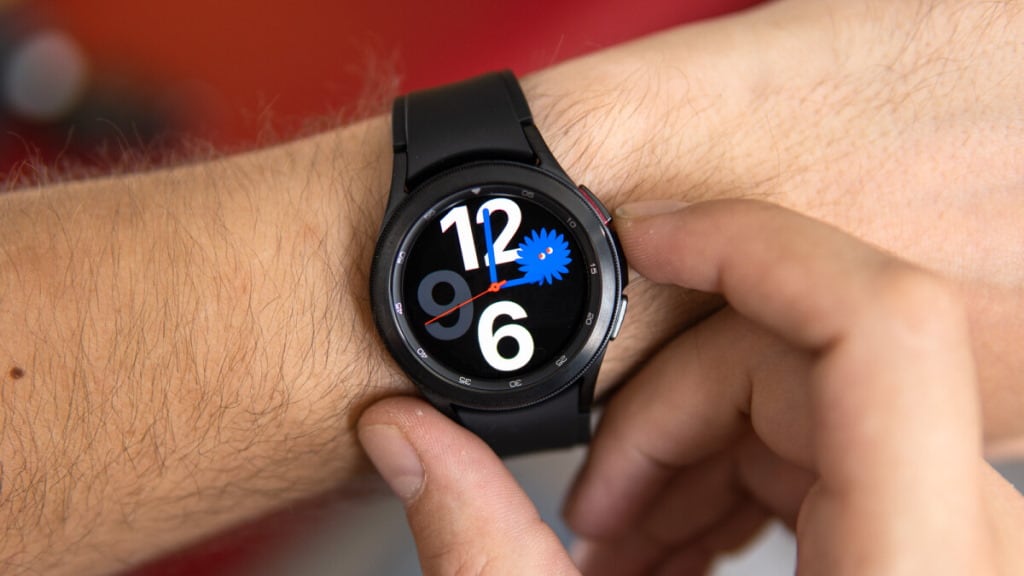 The Galaxy Watch4 Classic is quite the looker. Helping with its good looks is its case. Hewn out of stainless steel, it comes with a nifty bezel and round watch dial. These add up to ensure that the Galaxy Watch4 Classic is likely to appeal to anyone wanting a traditional-looking watch.
The Galaxy Watch4 Classic is quite the looker. Helping with its good looks is its case. Hewn out of stainless steel, it comes with a nifty bezel and round watch dial. These add up to ensure that the Galaxy Watch4 Classic is likely to appeal to anyone wanting a traditional-looking watch.
Like its earlier siblings, the Galaxy Watch4 Classic has two semi-customisable buttons on its right-hand side. The top button has a red accent and acts as a home button that’ll zap you back to the watch face. By default, long-pressing it fires up Samsung’s Bixby assistant. Given how few of us use poor old Bixby, the good news is that you can thankfully set it for other functions. Double-clicking it is customisable too.
Long-pressing the bottom button launches Samsung Pay. With Samsung Pay still unsupported by NZ banks, it’s about as useful as a cat door on a nuclear submarine. That said, the Galaxy Watch4 Classic has access to the Google wear OS ecosystem. Installing the far more useful Google Pay app for contactless wrist payments was a complete doddle, even if it meant the review watch had an annoying lock-screen on it. Contactless payments aside, the bottom button can also act as a ‘back’ button.
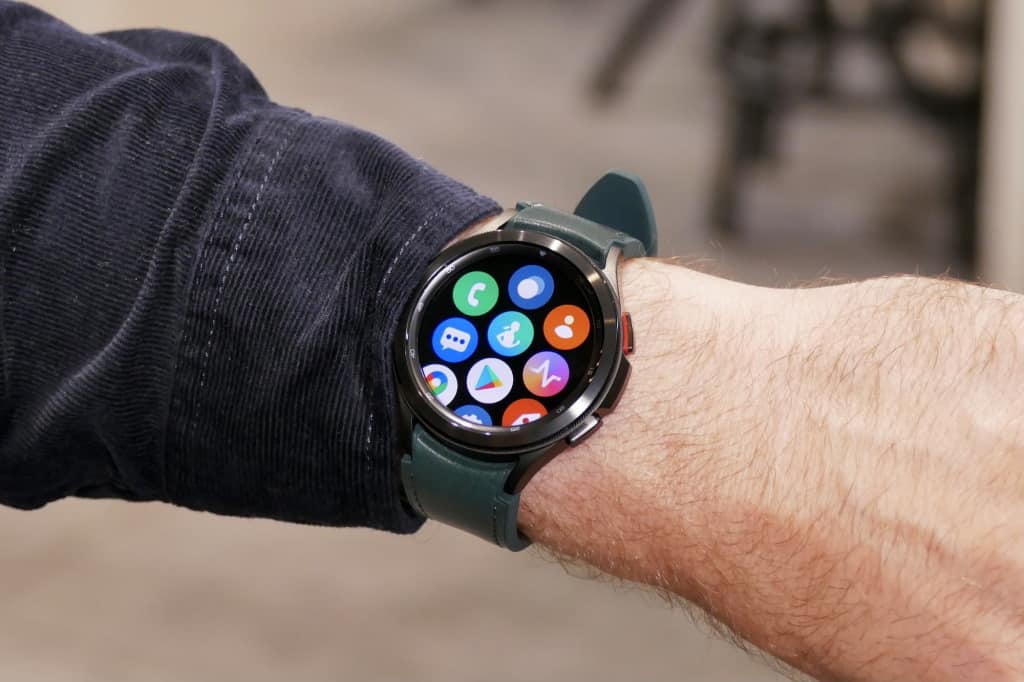 The supplied strap is a silicon jobbie. While fine for most people, some (myself included) have skin that reacts badly to silicon, and within a few hours of wear, my wrist was itching, red and raw. Not good. That said, the strap uses a standard watch fitting, meaning it’s easily swappable for alloy, fabric or leather options.
The supplied strap is a silicon jobbie. While fine for most people, some (myself included) have skin that reacts badly to silicon, and within a few hours of wear, my wrist was itching, red and raw. Not good. That said, the strap uses a standard watch fitting, meaning it’s easily swappable for alloy, fabric or leather options.
In use, the Galaxy Watch4 Classic is light. Even though its case looks sizeable, it didn’t get in the way. While those with smaller wrists might find it a tad bulky, its design makes it both unobtrusive yet substantial. Flipping it over reveals optical sensors under a base that’ll sit flat on the back of a phone for reverse charging. By default, charging happens with a bundled magnetic puck which snaps onto the watch’s underside for perfect alignment.
As it’s a Samsung watch, you’d be right to expect that its AMOLED display is the business, and the good news here is that it is. It manages to be super bright, vivid and sports super crispy contrast levels. The AMOLED display showcased watch faces beautifully.
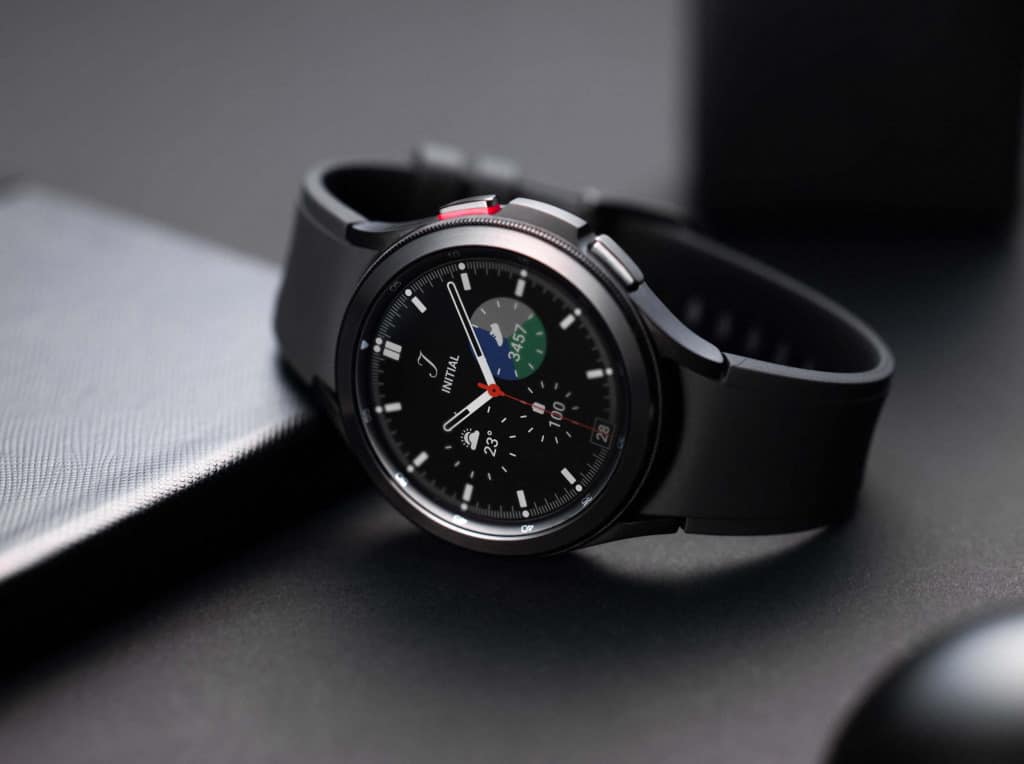 Pleasing design touches aside, everything turned to custard when I tried to set the Galaxy Watch 4 Classic up. Installing the Galaxy Wear app and plugin (why there need to be two separate installs is just baffling) on my Huawei P30 Pro, I got greeted by a “your phone is not supported” error message. While Samsung had said that the Galaxy Watch4 range requires Google Mobile Services and Google Play support on phones to work, its inability to install on my P30 Pro (which has both Google Play and Google mobile services) was just puzzling. A quick bit of research revealed that the wear app source code blocks all Huawei phones. One of the big appeals of Android is that it is an open ecosystem with huge third-party support. If you’re an iOS user, you’ll also find that you’re similarly shit out of luck. When politicians and vendors start playing these games (looking at you, Google, and the US government), we all lose. In this instance, so does Samsung.
Pleasing design touches aside, everything turned to custard when I tried to set the Galaxy Watch 4 Classic up. Installing the Galaxy Wear app and plugin (why there need to be two separate installs is just baffling) on my Huawei P30 Pro, I got greeted by a “your phone is not supported” error message. While Samsung had said that the Galaxy Watch4 range requires Google Mobile Services and Google Play support on phones to work, its inability to install on my P30 Pro (which has both Google Play and Google mobile services) was just puzzling. A quick bit of research revealed that the wear app source code blocks all Huawei phones. One of the big appeals of Android is that it is an open ecosystem with huge third-party support. If you’re an iOS user, you’ll also find that you’re similarly shit out of luck. When politicians and vendors start playing these games (looking at you, Google, and the US government), we all lose. In this instance, so does Samsung.
Switching to my trusty Oppo Find X 5G, I finally got the Galaxy Watch4 Classic running after stepping through a bazillion logins, dual-factor authentications and so on.
I’m glad I persevered with the painful setup process, as the Galaxy Watch4 experience is impressive. The mating of Samsung’s Tizen OS and Google’s Wear OS makes for a great smartwatch experience. The slick Tizen interface (Wear OS’s ugly UI has long been an issue for Google) is married with Google’s rich Wear OS ecosystem (the lack of apps has long been Samsung’s Achilles heel with Tizen) to give you the best of both worlds.
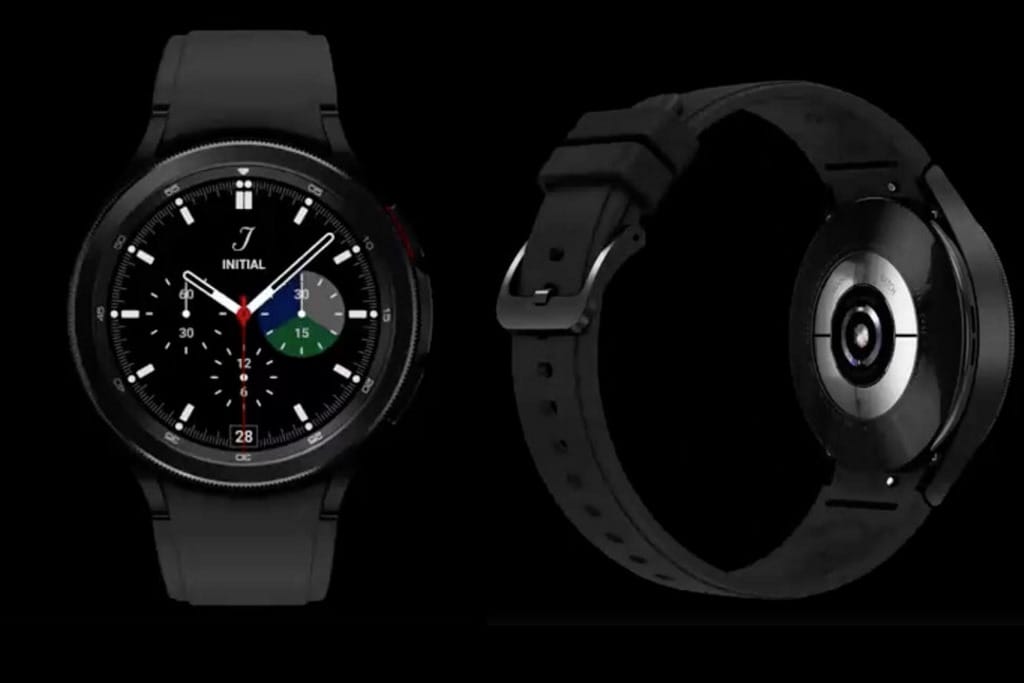 Unsurprisingly, the Galaxy Watch4 Classic defaults to Samsung Health for fitness tracking. That said, you can download other apps from the Play Store. Runners will like being able to pair the watch with Strava, while die-hard Android users also get the option of Google Fit. Another side benefit is the choice of watch faces available. They’re all customisable and look great on the gorgeous display.
Unsurprisingly, the Galaxy Watch4 Classic defaults to Samsung Health for fitness tracking. That said, you can download other apps from the Play Store. Runners will like being able to pair the watch with Strava, while die-hard Android users also get the option of Google Fit. Another side benefit is the choice of watch faces available. They’re all customisable and look great on the gorgeous display.
Features I’d grown fond of with Tizen are still there too. You can reply to messages using pre-set quick replies, your voice, or the fiddly and tiny (but cool) keyboard on the screen. Navigation is doable by swiping, but the side buttons and the rotating bezel are still the best way of getting around.
In use, I found that the battery lasted just 1-2 days off a full charge. (Your mileage will vary, depending on factors such as having the always-on display on or off, and if you use the larger 46mm model and have a 4G or Bluetooth model, and how much you use the watch). The battery life raises an interesting debate. Do I need a million different apps and watch faces? After a week or so with most smartwatches, I usually find that I rarely use or need lots of apps. If I had to decide between apps or battery life, I’d side with battery life every time.
For tracking my sleep, exercise, and health, the Galaxy Watch4 Classic also scores a “could do better”. Accelerometers and a gyroscope recorded my movement to track exercise levels, steps and so forth. It also meant that I got told to get up and do some stretches or squats when sitting. Samsung, surely the option to be reminded to get a cold beer and some chips instead would be far better?
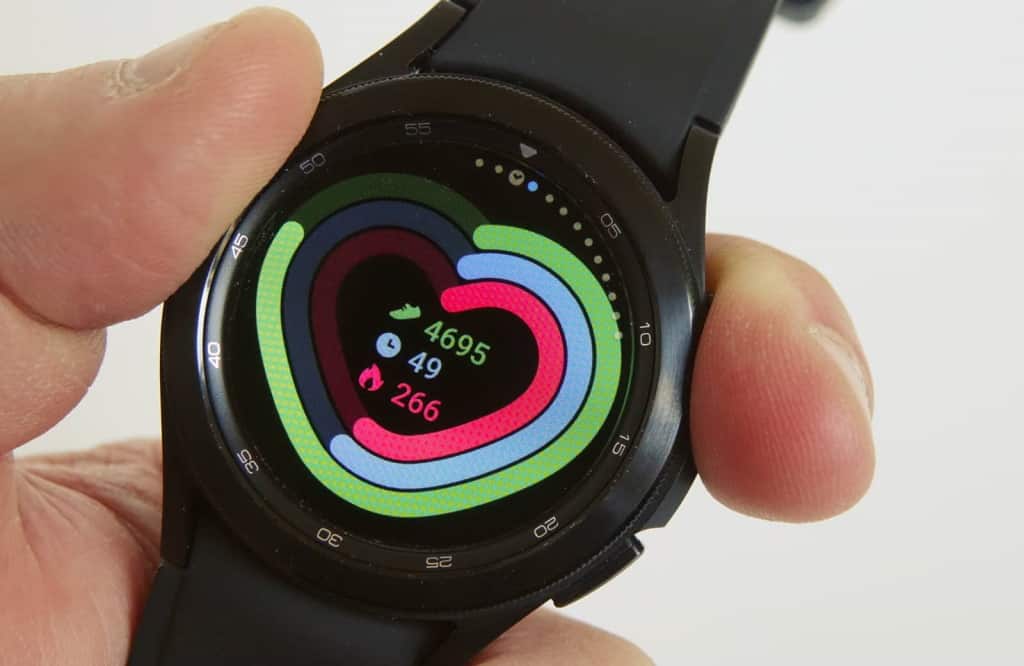 The watch tracks your heart rate. While it technically has an ECG to measure heart rhythm, it’s unavailable in NZ, even though competing devices from Google Subsidiary Fitbit have had ECG capabilities for several years. The most curious health tracking feature is what Samsung calls the body measurement tool. Most fitness trackers ask for your gender, weight and height. The Galaxy Watch4 measures your body composition. In theory, this gets done by holding your middle and ring fingers on the watch buttons. Doing so sees a tiny electrical signal passed through your body to compute how much fat, water, and muscle you have. I say in theory because I couldn’t get the app to work. It’d get to the 80% mark and restart. Eventually, it gave up, telling me it couldn’t measure my body composition. Perhaps more beer and chips might fix this?
The watch tracks your heart rate. While it technically has an ECG to measure heart rhythm, it’s unavailable in NZ, even though competing devices from Google Subsidiary Fitbit have had ECG capabilities for several years. The most curious health tracking feature is what Samsung calls the body measurement tool. Most fitness trackers ask for your gender, weight and height. The Galaxy Watch4 measures your body composition. In theory, this gets done by holding your middle and ring fingers on the watch buttons. Doing so sees a tiny electrical signal passed through your body to compute how much fat, water, and muscle you have. I say in theory because I couldn’t get the app to work. It’d get to the 80% mark and restart. Eventually, it gave up, telling me it couldn’t measure my body composition. Perhaps more beer and chips might fix this?
Sleep tracking is about as useful as I’d found with other fitness trackers and smartwatches. If I sat still enough, parts of my day were recorded as sleep, even though I was fully awake. All told, I took the sleep tracking data with a grain of salt.
If you’re a runner, gym bunny or into other forms of hard slog, the good news is that Galaxy Watch4 does a decent job of tracking workouts. Its GPS can accurately track runs while its gyro and accelerometers also measure cadence and many other things runners will appreciate. Add integration with Strava and other fitness apps, and there’s a lot for fitness fans to like.
On paper, the Galaxy Watch4 should be a sure-fire winner, but buyers need to consider its gotchas. The biggest is its fickle compatibility, making it a non-starter for both Huawei and Apple users. If you’re a fitness/health fanatic, its lack of ECG functionality and tricky body composition utility may also limit its appeal. Despite an OS and hardware overhaul, its battery life is not brilliant either. While there’s no doubt that the watch is super comfy to wear, is crammed full of features and is a no-brainer for Samsung phone users, it’s hard to recommend it for anyone else given these issues. Because of this, it scores a middling 5 out of 10.




